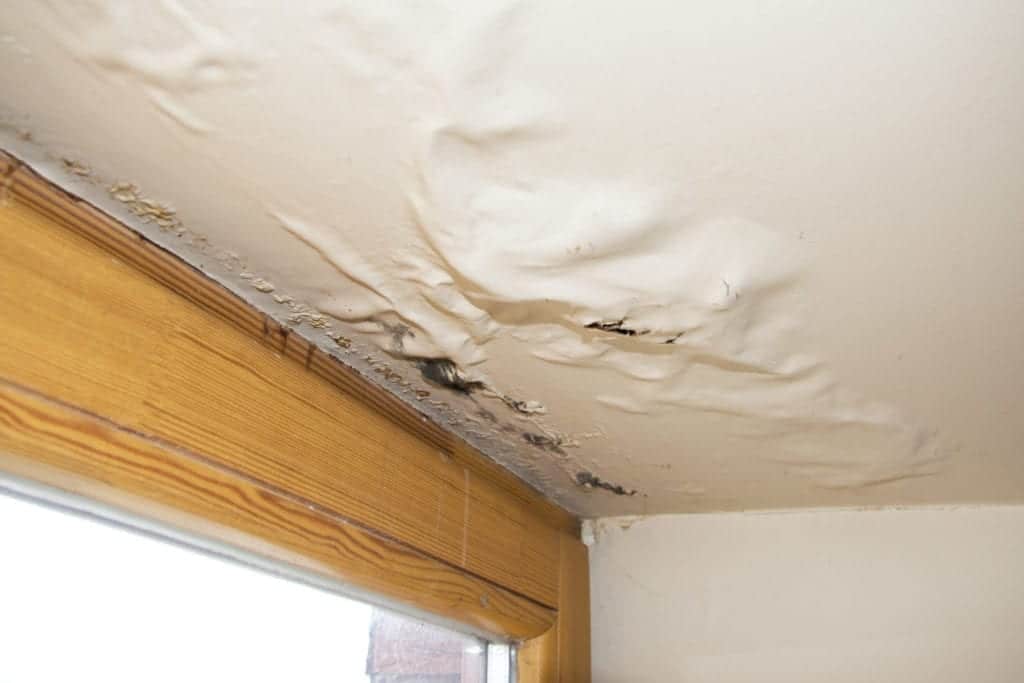How to Check If Your Home Has a Hidden Leakage
How to Check If Your Home Has a Hidden Leakage
Blog Article
We've discovered this post about Top leak detection hacks down the page on the internet and figured it made good sense to share it with you in this article.

Early discovery of leaking water lines can alleviate a potential calamity. Aside from conserving you cash, it will lessen the aggravation as well as disappointment. The minute you discover a leakage, calling your plumber for repair work is the best solution. However, some small water leakages may not show up. If you can not discover it with your nude eyes, right here are some hacks that assist.
1. Analyze the Water Meter
Every residence has a water meter. Examining it is a surefire manner in which helps you discover leakages. For beginners, shut off all the water sources. Make certain nobody will certainly purge, utilize the faucet, shower, run the cleaning maker or dish washer. From there, most likely to the meter and watch if it will certainly change. Since no one is utilizing it, there must be no movements. If it moves, that shows a fast-moving leak. If you discover no modifications, wait a hr or two and check back once more. This indicates you may have a slow leakage that might also be below ground.
2. Check Water Consumption
Assess your water costs and also track your water consumption. As the one paying it, you need to notice if there are any discrepancies. If you spot sudden changes, regardless of your intake coinciding, it indicates that you have leaks in your plumbing system. Remember, your water costs should drop under the exact same array monthly. A sudden spike in your costs shows a fast-moving leakage.
A stable rise every month, even with the same routines, shows you have a sluggish leakage that's additionally slowly intensifying. Call a plumber to extensively inspect your property, especially if you feel a cozy location on your floor with piping below.
3. Do a Food Coloring Examination
30% comes from toilets when it comes to water intake. Test to see if they are running effectively. Drop flecks of food shade in the tank as well as wait 10 mins. There's a leakage between the tank and bowl if the shade somehow infiltrates your bowl throughout that time without flushing.
4. Asses Outside Lines
Don't forget to check your exterior water lines as well. Examination spigots by affixing a garden tube. Must water seep out of the connection, you have a loosened rubber gasket. Replace this and also ensure all connections are limited. It will certainly help get it skillfully checked out and maintained yearly if you've got a sprinkler system. One small leakage can waste lots of water and also increase your water bill.
5. Examine and also Analyze the Circumstance
Home owners should make it a behavior to check under the sink counters and also also inside cabinets for any bad odor or mold growth. These 2 red flags suggest a leak so punctual interest is called for. Doing routine evaluations, even bi-annually, can conserve you from a major trouble.
If you recognize your house is already old, maintain a careful eye on your heaters, hose pipes, pipes etc. Look for stainings as well as deteriorating as most pipes and also home appliances have a life expectancy. They will certainly additionally naturally degrade as a result of wear and tear. If you believe leaking water lines in your plumbing system, do not await it to escalate. Call a specialist plumber immediately so you don't wind up with a terrible mess in your house.
Early detection of dripping water lines can minimize a possible disaster. Some little water leakages may not be noticeable. Checking it is a guaranteed means that aids you discover leakages. One tiny leakage can throw away loads of water and also spike your water expense.
If you presume dripping water lines in your plumbing system, do not wait for it to escalate.
WARNING SIGNS OF WATER LEAKAGE BEHIND THE WALL
PERSISTENT MUSTY ODORS
As water slowly drips from a leaky pipe inside the wall, flooring and sheetrock stay damp and develop an odor similar to wet cardboard. It generates a musty smell that can help you find hidden leaks.
MOLD IN UNUSUAL AREAS
Mold usually grows in wet areas like kitchens, baths and laundry rooms. If you spot the stuff on walls or baseboards in other rooms of the house, it’s a good indicator of undetected water leaks.
STAINS THAT GROW
When mold thrives around a leaky pipe, it sometimes takes hold on the inside surface of the affected wall. A growing stain on otherwise clean sheetrock is often your sign of a hidden plumbing problem.
PEELING OR BUBBLING WALLPAPER / PAINT
This clue is easy to miss in rooms that don’t get much use. When you see wallpaper separating along seams or paint bubbling or flaking off the wall, blame sheetrock that stays wet because of an undetected leak.
BUCKLED CEILINGS AND STAINED FLOORS
If ceilings or floors in bathrooms, kitchens or laundry areas develop structural problems, don’t rule out constant damp inside the walls. Wet sheetrock can affect adjacent framing, flooring and ceilings.
https://www.servicemasterbyzaba.com/blog/how-to-detect-water-leakage-in-walls/

I ran across that article on Leaking water lines while doing a lookup on the internet. Do you know somebody who is in the market for the niche? Take a moment to promote it. We treasure reading our article about Leaking water lines.
Report this page